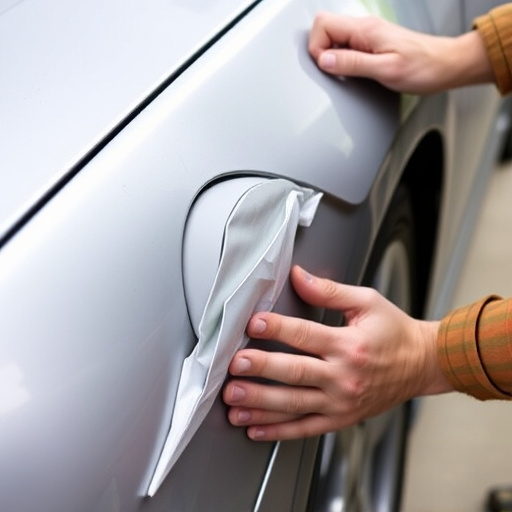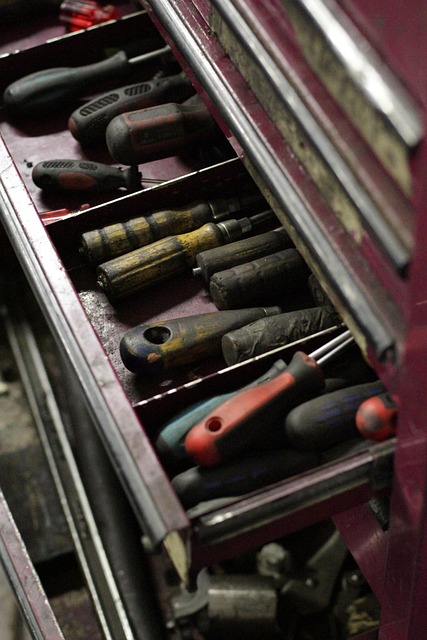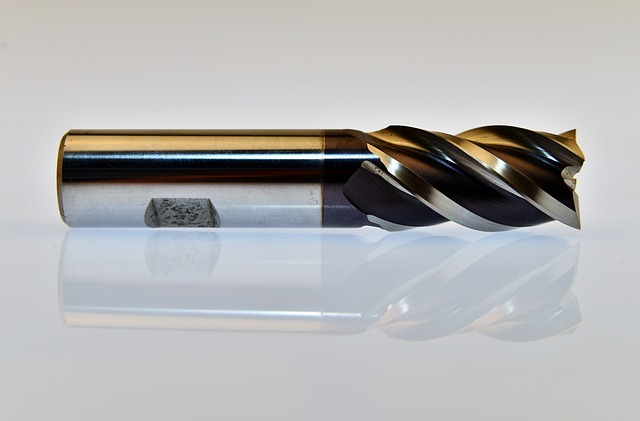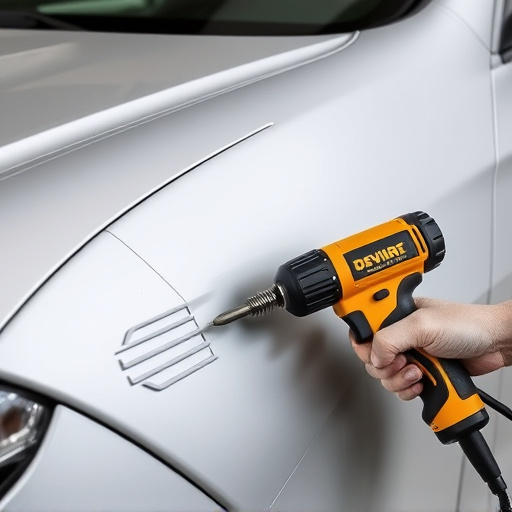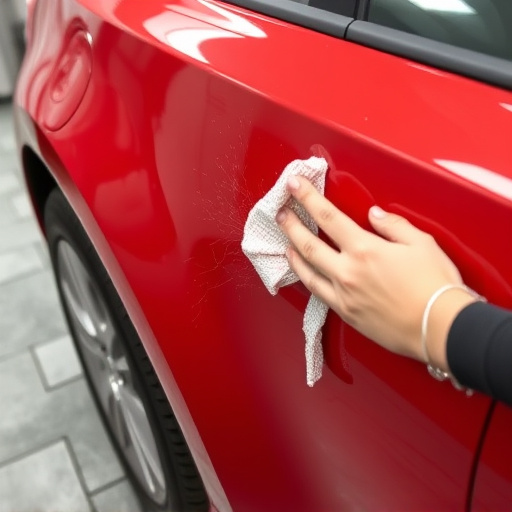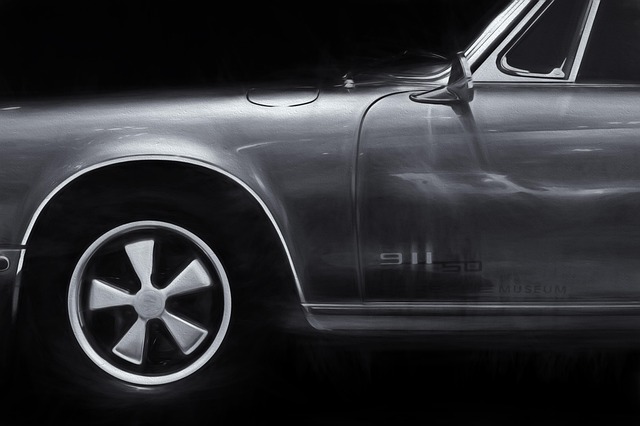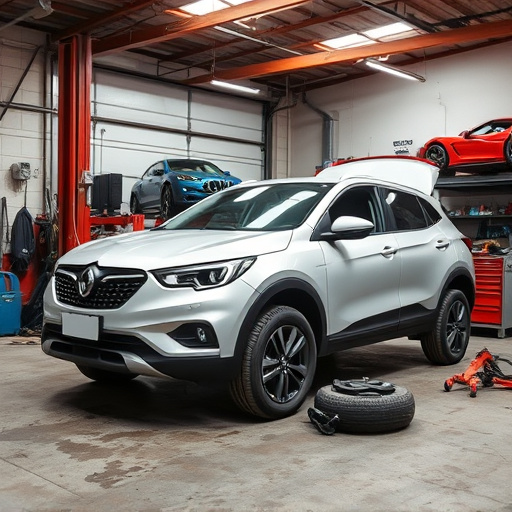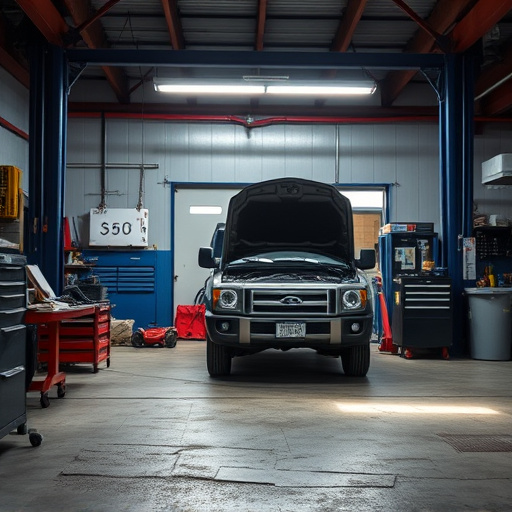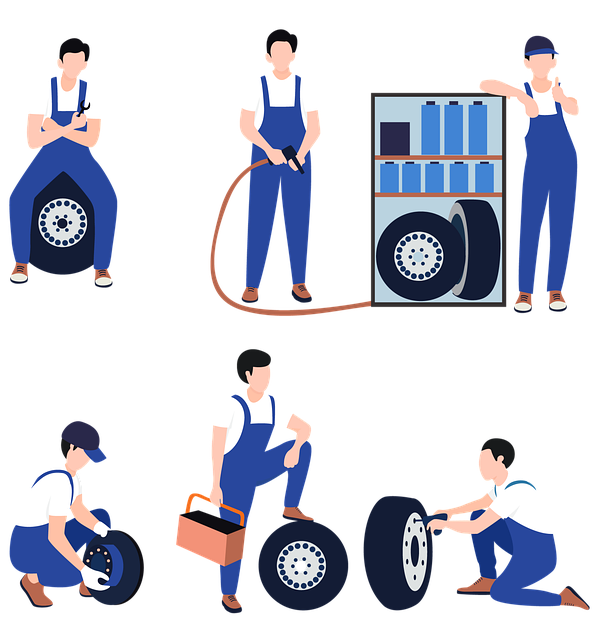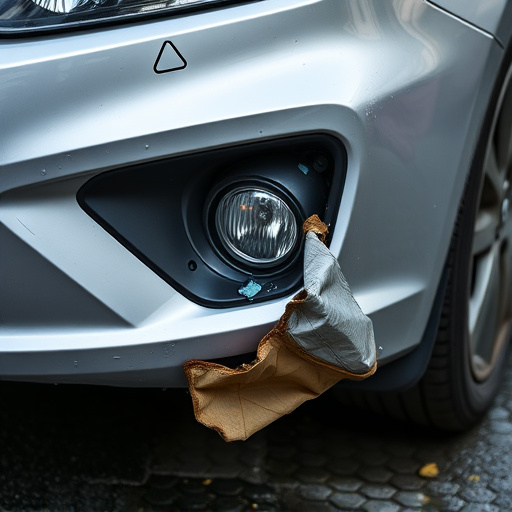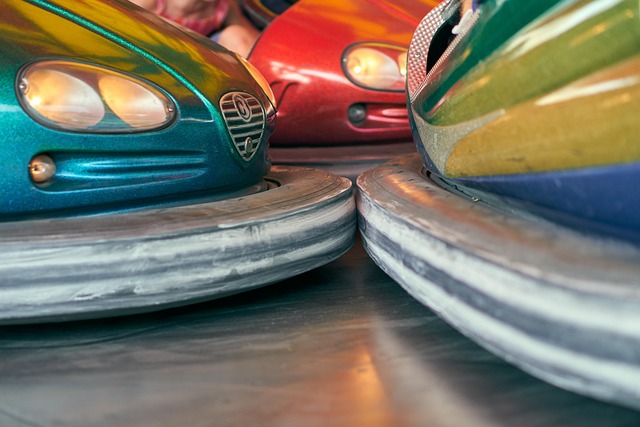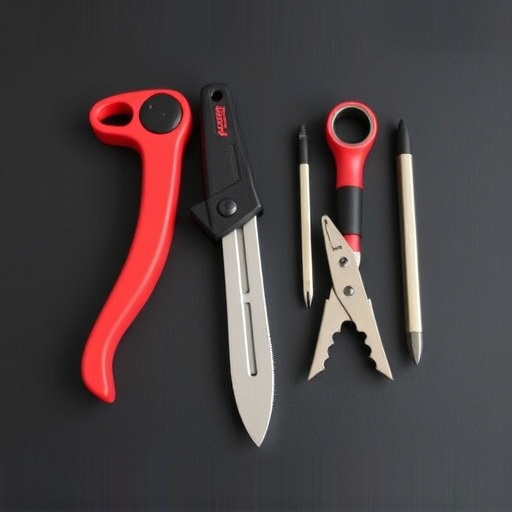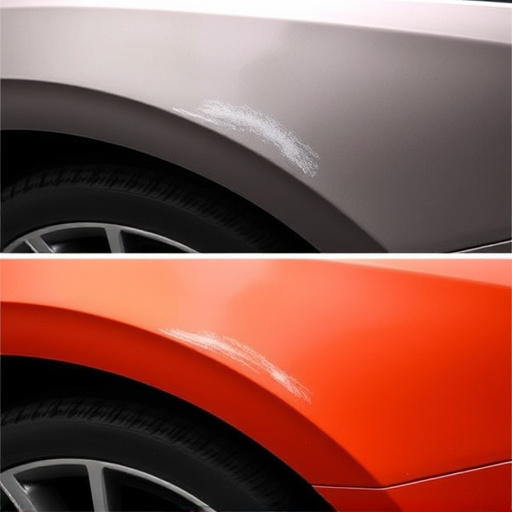Car owners often overlook headlight restoration, leading to safety hazards and aesthetic deterioration due to environmental damage and driving conditions. Specialized services in auto body shops require skilled technicians to address clouding, yellowing, cracks, and pitting. Effective training through workshops, simulations, and case studies empowers staff to confidently restore headlights, maintaining vehicle value and enhancing safety. Regular refresher courses keep technicians updated on industry trends and technologies. Delivering exceptional headlight restoration service involves clear best practices, open communication, proper tools, materials, and equipment updates for consistent quality and customer satisfaction.
Training is key to empowering your team to excel in the headlight restoration service industry. This article delves into the critical areas of preparation, offering a comprehensive guide to help you navigate the challenges inherent in this specialized service. We explore common issues, from surface imperfections to severe damage, and equip you with effective training strategies. Additionally, discover best practices to enhance on-site problem-solving, ensuring your team provides exceptional headlight restoration services every time.
- Understanding Common Headlight Restoration Service Issues
- Effective Training Strategies for Team Members
- Best Practices to Overcome Challenges on the Job Site
Understanding Common Headlight Restoration Service Issues
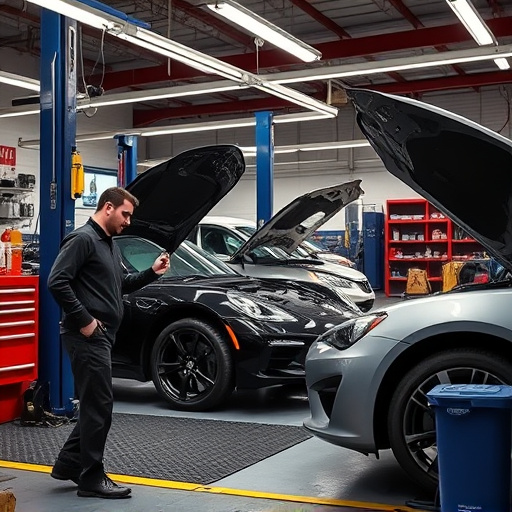
Many car owners often overlook headlight restoration as a necessary part of auto maintenance, until it’s too late. The consequences of neglected headlights can be severe, affecting both driving safety and vehicle aesthetics. Common issues include clouding, yellowing, cracks, and pitting on the lens surface, all of which can impair visibility and give a car an older, less appealing look. These problems are often the result of environmental factors such as UV rays, bird droppings, bug splatter, and tree sap, as well as ordinary wear and tear from everyday driving.
In the realm of automotive collision repair, headlight restoration is a specialized service that requires skilled technicians. Car body shops offering this service must be equipped to handle various challenges, from removing stubborn residue to repairing minor damages. By understanding these common issues, teams can better prepare for effective headlight restoration, ensuring not only safer driving conditions but also maintaining the vehicle’s overall value and appearance in the auto maintenance industry.
Effective Training Strategies for Team Members

Effective training strategies are pivotal for empowering team members to confidently navigate the complexities of headlight restoration service. Interactive workshops and hands-on simulations can significantly enhance learning outcomes, enabling technicians to gain practical experience in a controlled environment. By breaking down intricate restoration processes into manageable steps, these sessions foster a deep understanding of techniques and tools required for optimal results.
Moreover, incorporating real-world case studies into the training regimen allows team members to apply their knowledge to diverse headlight restoration challenges. This approach encourages critical thinking and problem-solving skills, preparing them to handle unexpected issues during actual automotive repair services. Regular refresher courses and ongoing skill development opportunities are equally vital, ensuring that technicians stay updated with industry trends and innovative headlight restoration techniques in the dynamic landscape of auto body repairs.
Best Practices to Overcome Challenges on the Job Site
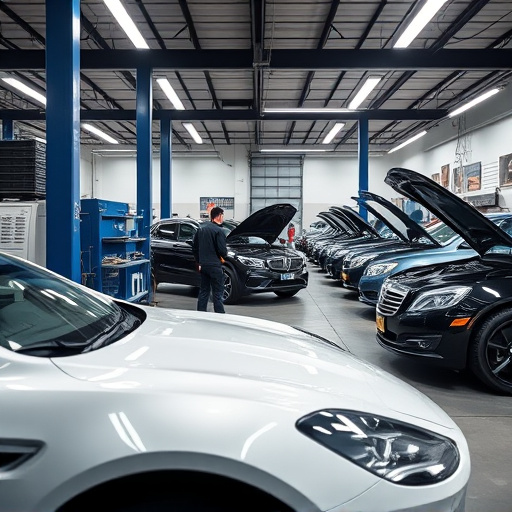
When it comes to delivering top-notch headlight restoration service, training your team to overcome on-site challenges is paramount. Establish clear best practices for each step of the restoration process, from initial inspection to final polishing. This ensures consistency in quality and customer satisfaction. Foster open communication among technicians, encouraging them to document any unique damage or challenges encountered, allowing for knowledge sharing across the team.
Furthermore, equip your staff with the right tools and materials for effective collision damage repair. Many headlight restoration issues stem from prior repair work or environmental factors, so providing proper training on identifying and mitigating these causes is essential. Regularly update your inventory with state-of-the-art car repair shop equipment to stay ahead of advancements in headlight technology and restoration techniques, ensuring your team delivers the best possible results for every customer.
Training is a powerful tool to equip teams with the skills needed to excel in the complex world of headlight restoration services. By understanding common issues, employing effective training strategies, and adopting best practices, professionals can enhance their on-site performance and deliver exceptional results. This structured approach ensures that every team member is prepared to navigate challenges, ultimately elevating the quality and efficiency of the entire headlight restoration process.
